Fluctuations in international coffee prices
At the end of trading on September 23, the November 2025 robusta contract on the London exchange reached 4,271 USD/ton, up 3.29% (136 USD/ton) compared to yesterday. The January 2026 contract also increased 2.98% (122 USD/ton), reaching 4,211 USD/ton.
Illustration photo. Photo: Internet
In New York, arabica for December 2025 delivery fell 0.26% (1 US cent/pound) to 365.5 US cents/pound, while March 2026 futures were flat at 346.25 US cents/pound.
On the Brazilian exchange, arabica futures for December 2025 delivery fell 0.14% (0.65 US cents/pound) to 437.15 US cents/pound, but futures for March 2026 delivery rose 0.16% (0.7 US cents/pound) to 434 US cents/pound.
Domestic coffee prices increased slightly
On September 23, coffee prices in the Central Highlands increased by 500 - 700 VND/kg compared to yesterday, fluctuating between 111,500 - 112,200 VND/kg.
In the old Dak Nong , the highest purchase price reached 112,200 VND/kg, an increase of 700 VND/kg. Dak Lak recorded 112,000 VND/kg, 500 VND/kg higher. In Gia Lai, the price increased to 111,800 VND/kg after an increase of 600 VND/kg. In Lam Dong, the price of 111,500 VND/kg was set after an increase of 700 VND/kg.
Compared to the international market, domestic coffee prices are currently about 6,000 VND/kg higher due to the end of the season and scarce supply.
According to Mr. Thai Nhu Hiep - Vice President of the Vietnam Coffee - Cocoa Association (VICOFA), unpredictable fluctuations in the past year have made the 2025-2026 crop year considered "the most unpredictable ever" due to the influence of many uncertain factors.
Fortunately, production costs have not increased sharply this year, and agricultural material prices have remained stable, except for higher labor costs, so farmers are not under too much pressure.
Some agents have started purchasing new crop coffee at an estimated price of 115,000 VND/kg, with a 25% deposit to secure the contract. However, the requirement for a large deposit has led many to choose to buy and sell small lots to enjoy a difference of about 500 VND/kg instead of signing a long-term contract.
Pepper continues to move sideways
Pepper prices in key domestic growing areas on September 23 remained stable, from 147,000 - 150,000 VND/kg.
Specifically, Dak Lak and Lam Dong (formerly Dak Nong) both maintained the price of 150,000 VND/kg. Gia Lai stood at 147,000 VND/kg. The Southeast region recorded a price of 149,000 VND/kg in Ho Chi Minh City (formerly Ba Ria - Vung Tau ) and Dong Nai, while Binh Phuoc (now part of Dong Nai) remained at 147,000 VND/kg.
According to data from the International Pepper Association (IPC), international pepper prices on September 22 (local time) fluctuated insignificantly.
Indonesia’s Lampung black pepper remained unchanged at $7,027 per tonne, while Muntok white pepper declined slightly to $9,957 per tonne. In Brazil, ASTA black pepper remained stable at $6,600 per tonne. Malaysia recorded ASTA black pepper at $9,700 per tonne and ASTA white pepper at $12,900 per tonne, both unchanged.
In Vietnam, the price of 500 gr/l black pepper reached 6,600 USD/ton, 550 gr/l reached 6,800 USD/ton; white pepper remained at 9,250 USD/ton.
The Import-Export Department (Ministry of Industry and Trade) said that pepper prices in the coming time will be affected by weather factors and import demand in major markets.
From next month, when the coffee harvest begins, farmers expect favorable yields and prices. Optimism is widespread as coffee prices remain high, but capital turnover pressure may force some dealers to sell off pepper, putting pressure on short-term price reductions.
However, the level of 150,000 VND/kg is still considered balanced, with the possibility of recovery at the end of the year when demand improves.
Vietnam's pepper currently has advantages thanks to high domestic prices, stable exports and sustained international demand, considered a bright spot amid a volatile period.
This week, pepper prices are likely to remain flat or decrease slightly in the range of 144,000 - 152,000 VND/kg. If exports increase sharply, the domestic market may surpass the 150,000 VND/kg mark. Conversely, in the event of a local sell-off by farmers, prices may fall to 140,000 - 144,000 VND/kg, but this possibility is considered low in the short term.
Source: https://doanhnghiepvn.vn/kinh-te/gia-nong-san-ngay-23-9-2025-ca-phe-tang-nhe-ho-tieu-duy-tri-on-dinh/20250923082317363


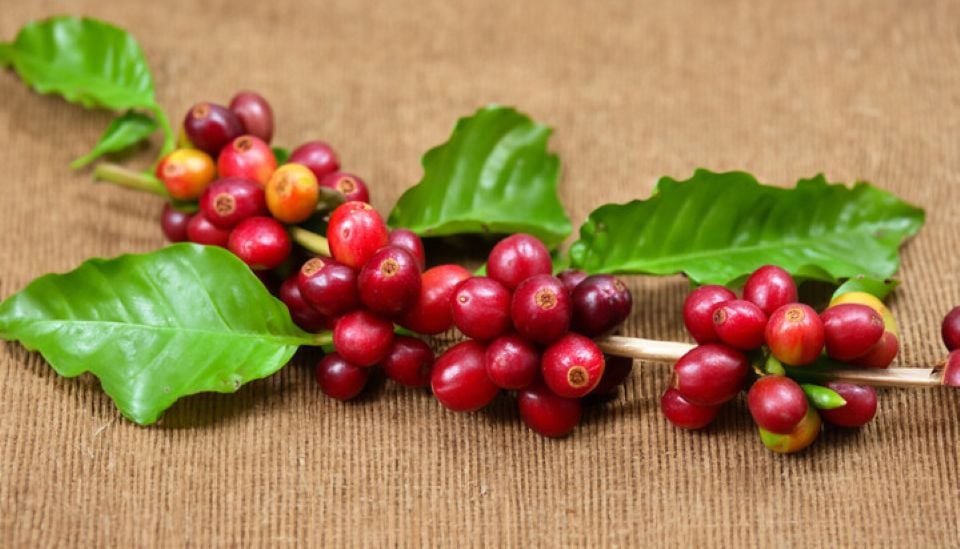
![[Photo] Prime Minister Pham Minh Chinh inspects and directs the work of overcoming the consequences of floods after the storm in Thai Nguyen](https://vphoto.vietnam.vn/thumb/1200x675/vietnam/resource/IMAGE/2025/10/08/1759930075451_dsc-9441-jpg.webp)

![[Photo] Prime Minister Pham Minh Chinh attends the World Congress of the International Federation of Freight Forwarders and Transport Associations - FIATA](https://vphoto.vietnam.vn/thumb/1200x675/vietnam/resource/IMAGE/2025/10/08/1759936077106_dsc-0434-jpg.webp)





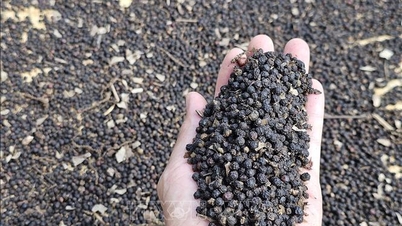

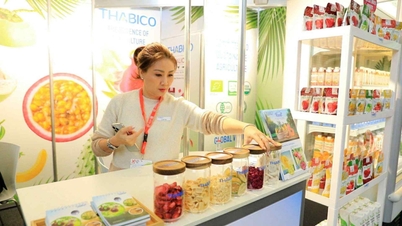
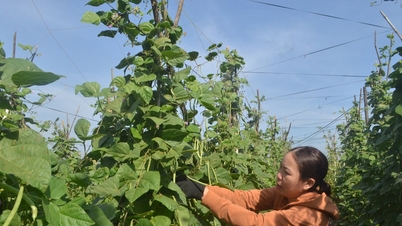



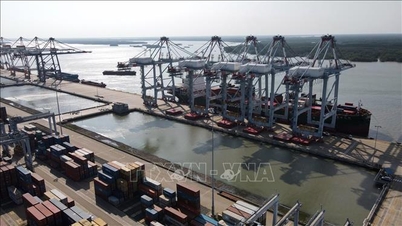










































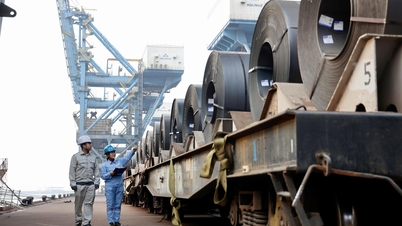












































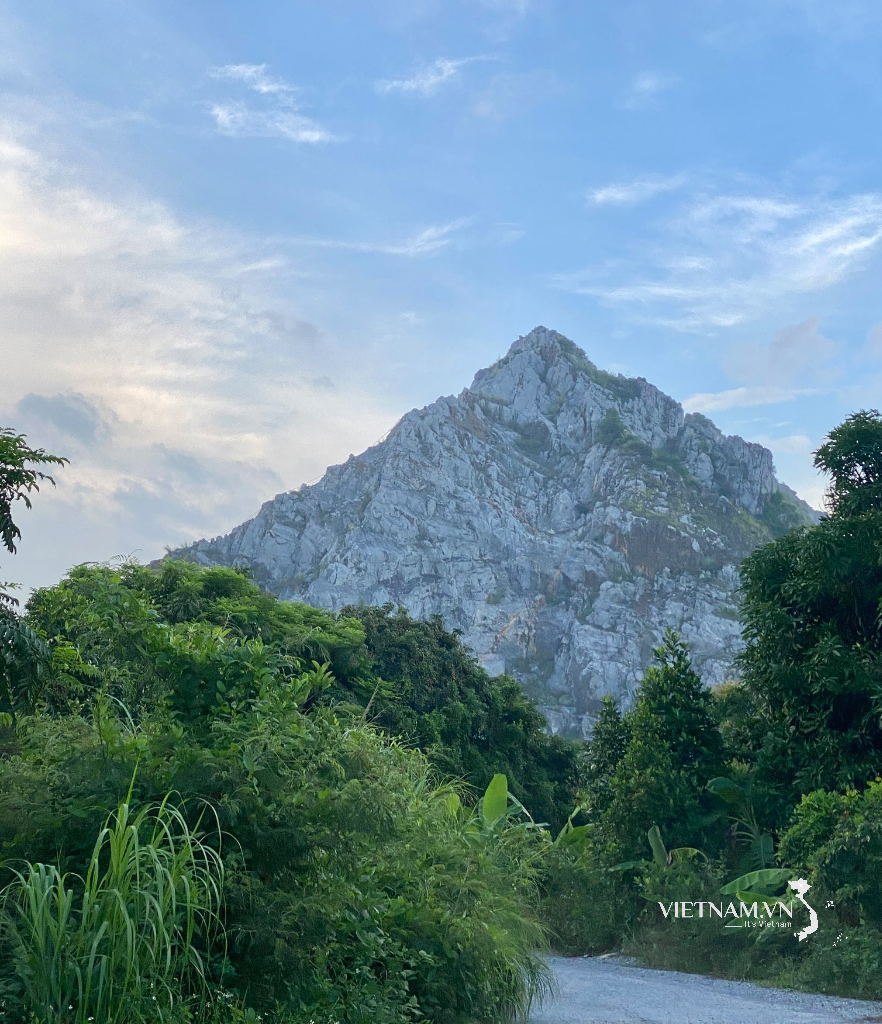
Comment (0)